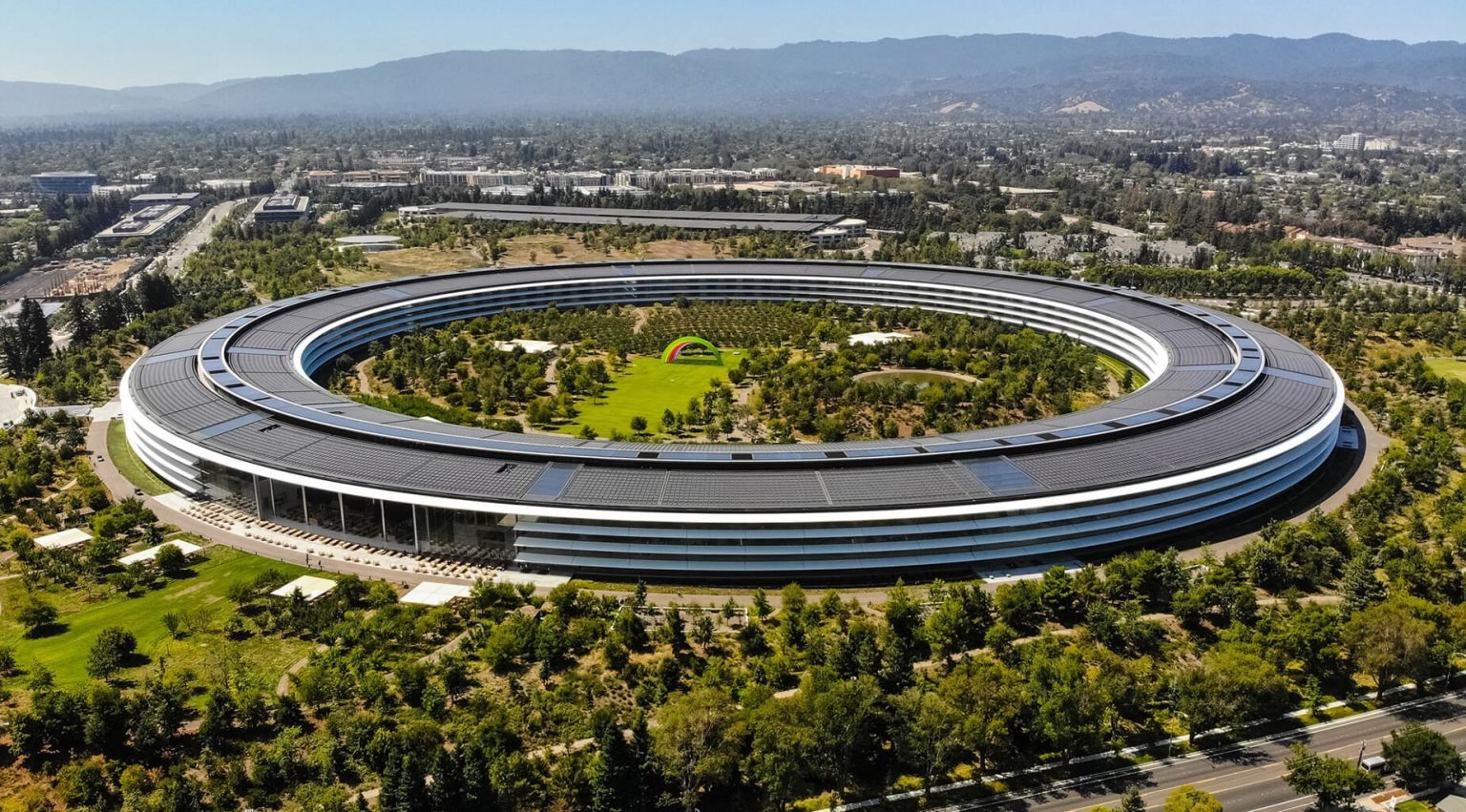Apple’s notorious culture of concealment is no secret to industry observers and casual fans alike, but its nascent Exploratory Design Group is uber-secretive even by the company’s standards. In his Power On newsletter, Bloomberg’s Mark Gurman shed the light for the first time ever on the group’s existence and inner mechanisms.
Gurman explains that the group has been the “brains behind future no-prick glucose tracking technology”, which is rumored to launch on the Apple Watch sometime later this decade. The group is compared to Alphabet’s own X – which led development of Google Glass and now-defunct Loon internet balloons.
XDG was conceived several years ago and was led by engineering fellow Bill Athas up to his unexpected death towards the end of last year. The report adds that the company’s top leadership considered Athas as one of Apple’s most prominent engineers.

Discover new horizons, always connected with eSIM
Travel the world stress and hassle-free with the best eSIM service available. Enjoy unlimited data, 5G speeds, and global coverage for affordable prices with Holafly. And, enjoy an exclusive 5% discount.
XDG is said to contain only a few hundred people, mainly comprised of engineers and academic researchers. The report adds that the group works under Apple’s Hardware Technologies group, reporting to its Senior Vice President Johny SroujiJohny Srouji was born in 1964 in Haifa. He is Apple's Senior Vice President of Hardware Technologies and one of the company's most important executives at present. Srouji graduated with a bachelor's degree in Computer Science in 1988 and a master's degree in 1990, earning both qualifications from the Technion Institute of Technology. Srouji began his career in 1990, joining.... Since Athas passing, the group has been managed by a number of his deputies working on the glucose project and other initiatives.
The team is now run on a day-to-day basis by a number of Athas lieutenants, including top Apple engineers and scientists Jeff Koller, Dave Simon, Heather Sullens, Bryan Raines and Jared Zerbe. Koller, Simon and Raines are involved in the glucose project, while Sullens and Zerbe manage other groups within the larger team.
Mark Gurman’s Power On newsletter
The group is said to operate as a startup, enjoying considerable financial support and freedom to explore as many ideas as possible. The report adds that the group’s main focus is to assess the viability of said ideas and whether they can be deployed at scale in Apple’s commercial products.
In addition to its work on glucose monitoring, the group is leading work on next-generation display technology, AI research, and features for its AR/VR headsets to aid people with visual impairments. The group was originally conceived to work on “low-power processor technologies and next-generation batteries for smartphones”. The report adds many of the technologies engineered by XDG have already been making their way into many of Apple’s products for several years.
Apple is doubling-down its health efforts as it pushes the Apple Watch as a health-centric device. The smartwatch contains a plethora of sensors for heart rate monitoring and ECG, crash and fall detection, blood oxygen monitoring, and temperature sensing for ovulation cycle tracking in addition to sleep tracking. The company is also rumored to release a blood pressure sensor in the not-so-distant future, before finally launching the holy-grail glucose monitoring capabilities.



